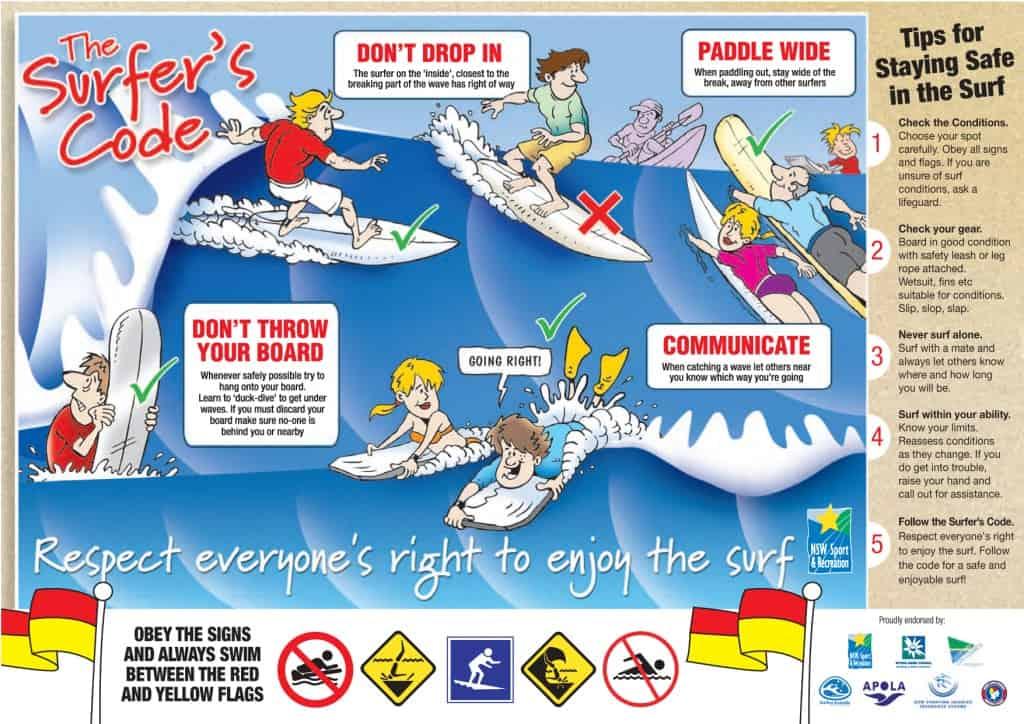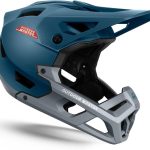Surfing in rough water conditions can be an exhilarating experience, offering the thrill of riding powerful waves and the satisfaction of pushing your limits. However, with great excitement comes the need for heightened awareness and preparation to ensure your safety. Whether you’re an experienced surfer looking to challenge yourself or a beginner eager to expand your skills, understanding how to navigate and enjoy these conditions safely is crucial. In this article, we will explore essential tips and strategies to help you stay safe while embracing the dynamic energy of rough waters. With the right knowledge and a positive mindset, you can confidently tackle even the most challenging surf, turning every wave into an opportunity for growth and adventure.
Choosing the Right Surfboard and Gear for Challenging Waves
When tackling challenging waves, selecting the right surfboard and gear can make a significant difference in both performance and safety. Opt for a surfboard that matches the wave size and your skill level. For larger, more powerful waves, a board with added volume and length can provide the necessary stability and paddling power. Consider these options:
- Gun Boards: Ideal for big wave surfing, offering speed and control.
- Step-Up Boards: A size between your regular board and a gun, perfect for slightly larger surf than usual.
- Thruster Setup: A three-fin configuration for better maneuverability in tricky conditions.
Beyond the board, protective gear is essential. A high-quality wetsuit is crucial, not only for warmth but also for protection against the elements. Don’t forget:
- Leash: Ensures your board stays attached in turbulent waters.
- Helmet: Offers head protection from both the ocean floor and your board.
- Booties and Gloves: Provide extra grip and warmth in colder waters.
By equipping yourself with the right gear, you can boost your confidence and safety, allowing you to fully embrace the thrill of surfing challenging waves.

Mastering Techniques for Navigating Rough Waters Safely
Embracing the challenge of surfing in tumultuous seas requires not only courage but also a mastery of specific techniques to ensure your safety. Understanding the dynamics of rough waters is essential. Start by observing the water patterns and currents from the shore. This will help you identify potential hazards like rip currents and undertows. Always check the weather conditions before heading out; strong winds and sudden changes can escalate the risks. Equip yourself with a wetsuit for buoyancy and warmth, and consider using a leash to stay connected to your board.
- Choose the right board: Opt for a larger, more stable board that provides better control in choppy conditions.
- Stay low and balanced: Keep a low center of gravity and distribute your weight evenly to maintain stability.
- Practice duck diving: Perfect this technique to navigate through breaking waves effectively without losing momentum.
- Stay aware: Constantly scan the horizon and be aware of incoming sets and fellow surfers to avoid collisions.
By adopting these techniques, you not only enhance your ability to handle the unpredictability of rough waters but also boost your confidence to take on the waves safely. Remember, preparation and awareness are your best allies in ensuring an exhilarating yet secure surfing experience.

Understanding Ocean Conditions and Weather Patterns
When it comes to surfing in challenging conditions, understanding the interplay between ocean dynamics and weather patterns is crucial for ensuring your safety and enhancing your experience. Ocean conditions are influenced by a variety of factors, such as wind speed and direction, tidal movements, and the presence of swells. These elements combine to create the waves you ride and can significantly impact your surfing session. Recognizing the signs of changing weather, like sudden shifts in wind or cloud patterns, can help you anticipate and adapt to more turbulent conditions. Pay attention to local surf reports and forecasts, which provide valuable insights into expected wave heights and potential hazards.
To better prepare for surfing in rough waters, consider the following safety tips:
- Study the Break: Before entering the water, spend time observing the surf zone. Identify potential hazards like rocks or rip currents.
- Check the Weather: Use reliable weather apps or websites to track any changes that might affect your surfing conditions.
- Surf with a Buddy: Having a partner increases safety and can provide assistance if needed.
- Wear the Right Gear: A suitable wetsuit and leash can protect you from cold water and keep you connected to your board.
- Stay Within Your Limits: Acknowledge your skill level and avoid taking unnecessary risks in unfamiliar or extreme conditions.

Building Confidence and Skills with Expert Guidance
Facing the mighty waves can be an exhilarating experience, but it requires preparation and knowledge to ensure safety. Expert guidance can be invaluable in honing both your confidence and skills when navigating challenging surf conditions. Here are some key aspects to focus on:
- Understanding the Environment: Before hitting the water, study the surf conditions, including wave height, tides, and weather forecasts. Knowing how to read these factors will help you anticipate and react appropriately.
- Proper Equipment: Use a surfboard suited for rough conditions, and always wear a leash. A well-fitted wetsuit will provide buoyancy and protection against the elements.
- Surfing Techniques: Enroll in lessons with seasoned surfers who can teach you techniques for paddling out, duck diving, and maintaining balance. Their insights can turn potential challenges into opportunities for growth.
Remember, building your surfing prowess is a journey, and each session is a stepping stone. With dedication and the right mentorship, you can confidently embrace the power of the waves, transforming rough waters into a thrilling adventure.










